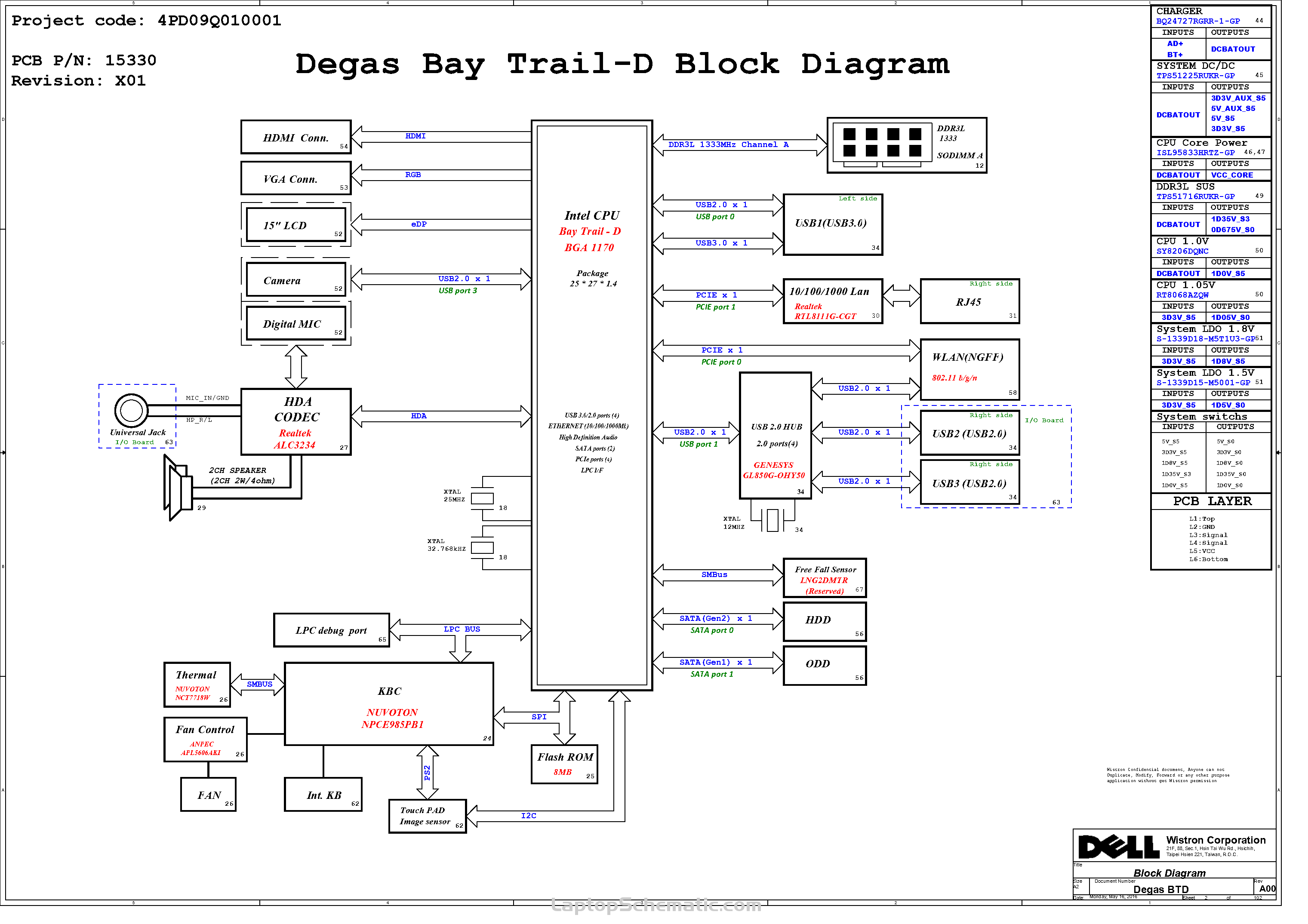
Visually locate connectors and other components requiring access for servicing.Perform 3D clearance checking components can be critically aligned with each other and the enclosure as required.More than simple visualization, Altium Designer's 3D capabilities allow you to:
#HOW TO USE OPEN BOARD VIEW SOFTWARE#
The substantial improvements in 3D video cards and the supporting software technology have allowed Altium to develop a solution to this problem, which is true three-dimensional PCB editing. However, the physical PCB is a three-dimensional object, which requires the PCB designer to take the multiple-layer, 2D representation on the screen and map that to a 3D representation in their mind. Historically, PCBs have been laid out in a two-dimensional design space that uses colors to represent the various layers of the PCB. If you're new to tracking work with Agile tools and want to understand what you can customize, see Customize your work tracking experience.All Contents Working in 2D and 3D Layout Mode Each team can then manage their backlog and focus on how they'll develop their deliverables. Add teams when you assign specific feature areas to different teams for development.
#HOW TO USE OPEN BOARD VIEW UPDATE#
And, as work completes in one stage, update the status of an item by moving it to a downstream stage.Īlong with the above chart, you can add Analytics widgets to your dashboard. When priorities change, move items up and down within a column. Add items to your backlog in the first column. See at a glance the estimated size of work for each item that displays at the bottom right of each card. Once you've configured your Kanban board to match how your team works, you're ready to use it. Use WIP limits to identify bottlenecks and eliminate waste from your work flow processes. Set WIP limits based on team discussions and revisit as your team identifies ways to improve their processes. Teams can use this color as a signal to focus immediately on activities to bring the number of items in the column down. When they do exceed the limit, the column count displays red. Respecting WIP limits means teams don't pull items into a column if doing so causes the number of items in the column to exceed the WIP limit. What limits should you set? Start with numbers that don't exceed two or three items per team member working within a stage. This single practice, however, has helped teams identify bottlenecks, improve their process, and increase the quality of software they ship. Teams new to Kanban may find WIP limits counterintuitive and uncomfortable. While setting WIP limits is easy, adhering to them takes a team commitment. In this next step, your team sets WIP limits for each workflow stage. Set WIP limits to constrain work in progress Keep the number of columns to a minimum while still representing the key handoffs that occur for your team. Once you've identified your stages, add and rename columns to map to them. For your team to have a functional board they must identify the stages of their workflow process and then configure the board to match.įor example, you can change your Kanban columns to map to the following five workflow stages. However, your team's workflow stages most likely don't map to these default states. For an overview of the features supported on each backlog and board, see Backlogs, boards, and plans. For guidance on using the Taskboard, see Update and monitor your Taskboard. You can monitor progress through capacity charts and the sprint burndown chart. Each sprint is associated with a Taskboard that supports tracking tasks defined for the sprint. Kanban boards track requirements, are sprint-independent, and provide a cumulative flow chart for monitoring progress.


Your Kanban board is one of two types of boards available to you.

Open your Kanban board from the web portal Both Kanban boards and Taskboards support visualizing the flow of work and monitoring metrics to optimize that flow.


 0 kommentar(er)
0 kommentar(er)
